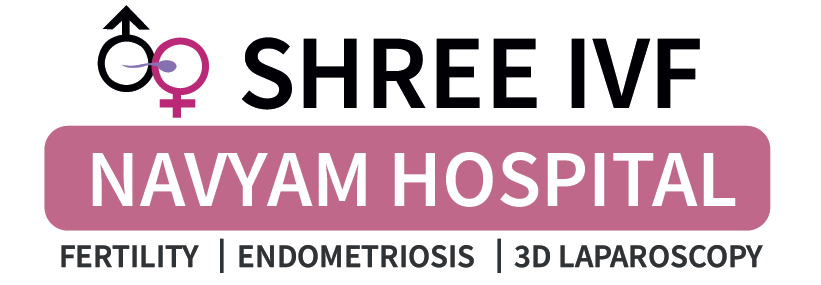Sure! Let’s dive into the Hysterectomy Operation in full detail — covering what it is, why it’s done, how it’s performed (especially laparoscopically), risks, recovery, and more.
🏥 Hysterectomy Operation: In Detail
📌 What is a Hysterectomy?
A hysterectomy is a surgical procedure to remove a woman’s uterus (womb). After this surgery:
- A woman will no longer have periods.
- Pregnancy is no longer possible.
🔍 Types of Hysterectomy
Depending on the condition, different parts of the reproductive system may be removed:
| Type of Hysterectomy | Description |
|---|---|
| Total Hysterectomy | Removal of uterus + cervix |
| Subtotal / Partial Hysterectomy | Uterus removed, cervix left intact |
| Radical Hysterectomy | Uterus, cervix, part of the vagina, and surrounding tissues (for cancer cases) |
| Hysterectomy with Salpingo-Oophorectomy | Uterus + fallopian tubes ± ovaries |
❓ Why is it Done?
Common indications for hysterectomy include:
- Uterine fibroids (benign tumors causing pain or bleeding)
- Endometriosis
- Uterine prolapse (uterus descends into the vaginal canal)
- Chronic pelvic pain
- Heavy or irregular menstrual bleeding
- Cancer of the uterus, cervix, or ovaries
- Adenomyosis
🔧 Surgical Approaches
1. Abdominal Hysterectomy
- Traditional open surgery via a large incision in the abdomen
- Longer recovery
2. Vaginal Hysterectomy
- Uterus removed through the vagina
- No visible scar
3. Laparoscopic Hysterectomy (Minimally Invasive)
- Small keyhole incisions made in the abdomen
- Laparoscope + instruments used to remove uterus
- Can be:
- Laparoscopic-Assisted Vaginal Hysterectomy (LAVH)
- Total Laparoscopic Hysterectomy (TLH)
- Robotic-Assisted Hysterectomy (e.g., da Vinci system)
⚙️ Steps in Laparoscopic Hysterectomy
- Anesthesia: General anesthesia administered
- Incisions: 3–4 small cuts (0.5–1 cm) made in abdomen
- Insufflation: Abdomen filled with CO₂ gas for visibility
- Camera inserted: Surgeon visualizes uterus on screen
- Dissection: Ligaments, blood vessels, and uterus detached
- Uterus removed: Taken out vaginally or via morcellation
- Closure: Incisions closed with sutures or surgical glue
⏱️ Duration & Hospital Stay
- Surgery time: 1–2.5 hours
- Hospital stay:
- Laparoscopic: 1–2 days
- Abdominal: 3–5 days
💥 Risks and Complications
Like any major surgery, hysterectomy has potential risks:
- Bleeding
- Infection
- Injury to bladder, bowel, or ureters
- Reaction to anesthesia
- Blood clots
- Early menopause (if ovaries are removed)
🩹 Recovery Timeline
| Phase | Timeframe | What to Expect |
|---|---|---|
| Initial Recovery | 1–2 weeks | Pain, fatigue, light bleeding |
| Return to Work | 2–6 weeks | Depends on type of surgery |
| Exercise/Heavy Lifting | After 6 weeks | Gradual return to activity |
| Sexual Activity | Usually after 6 weeks | Upon doctor’s advice |
🌸 Aftereffects of Hysterectomy
- No more menstrual periods
- Cannot become pregnant
- If ovaries removed:
- Immediate menopause
- May need hormone replacement therapy (HRT)
🧠 Emotional Impact
Some women feel relief after hysterectomy, especially if symptoms are resolved. Others may experience emotional changes due to hormonal shifts or loss of fertility. Support and counseling can help.
✅ Benefits of Laparoscopic Hysterectomy
- Minimal scarring
- Faster healing
- Less blood loss
- Lower risk of infection
- Quicker return to daily activities
Would you like diagrams, post-op care tips, or a sample consent form used in hospitals for hysterectomy?


